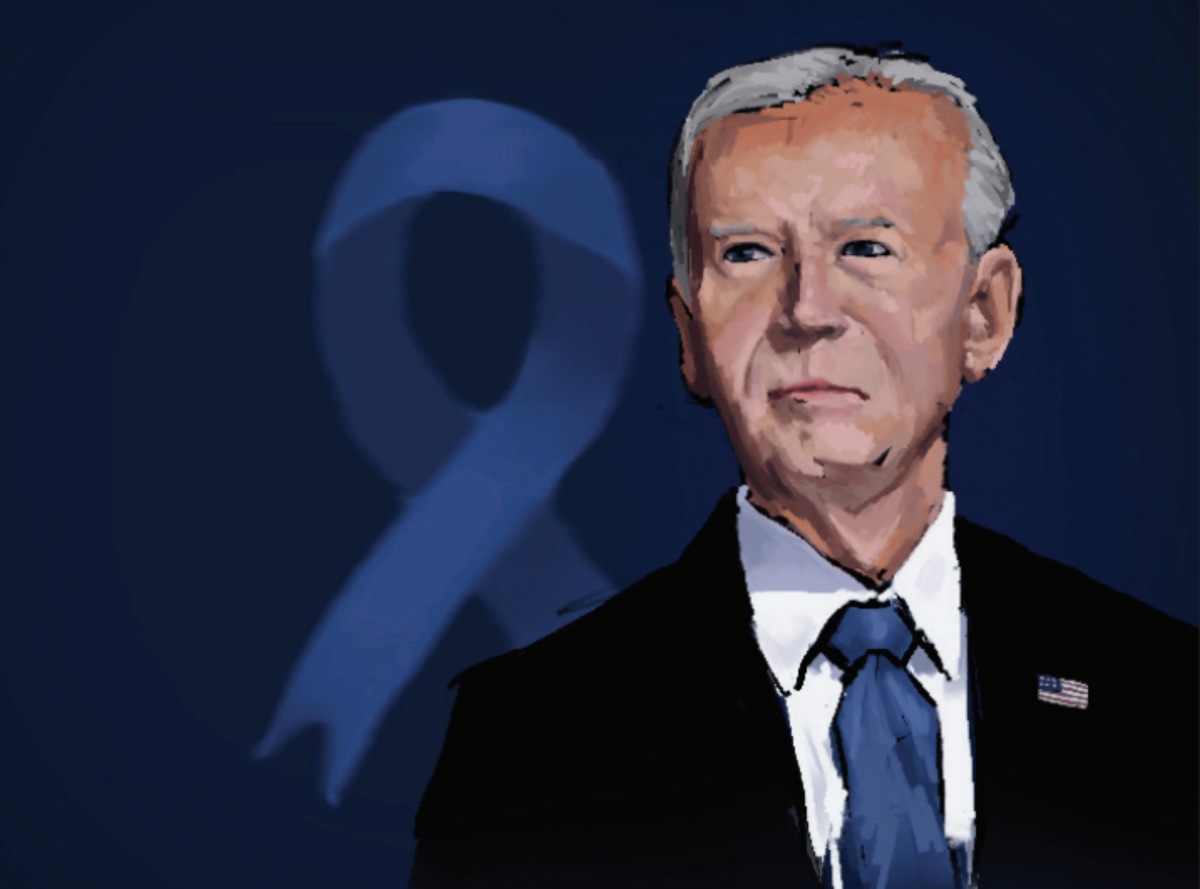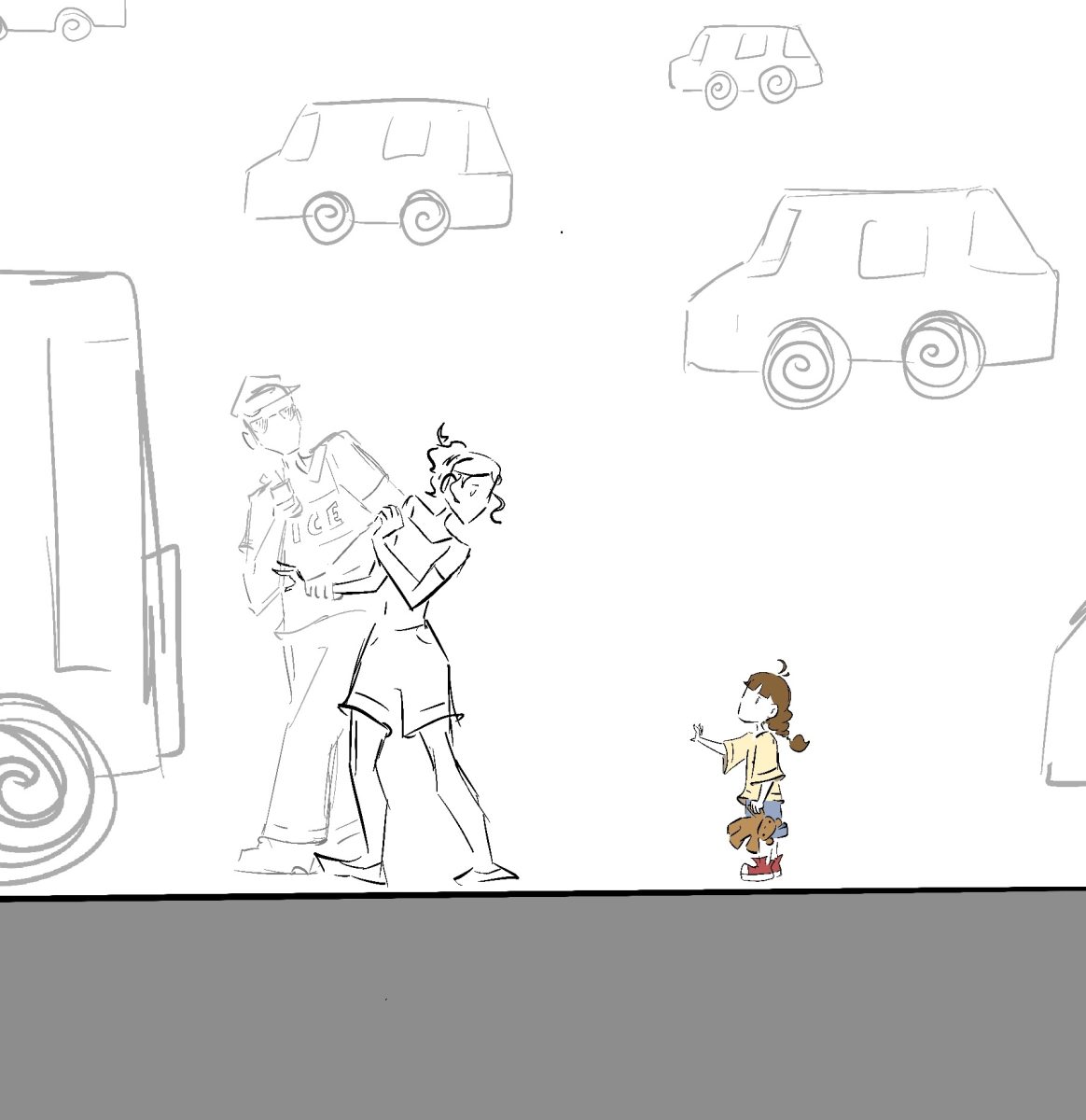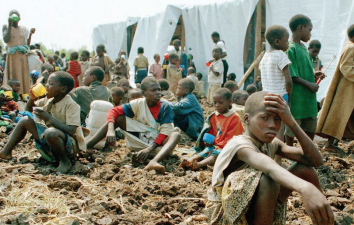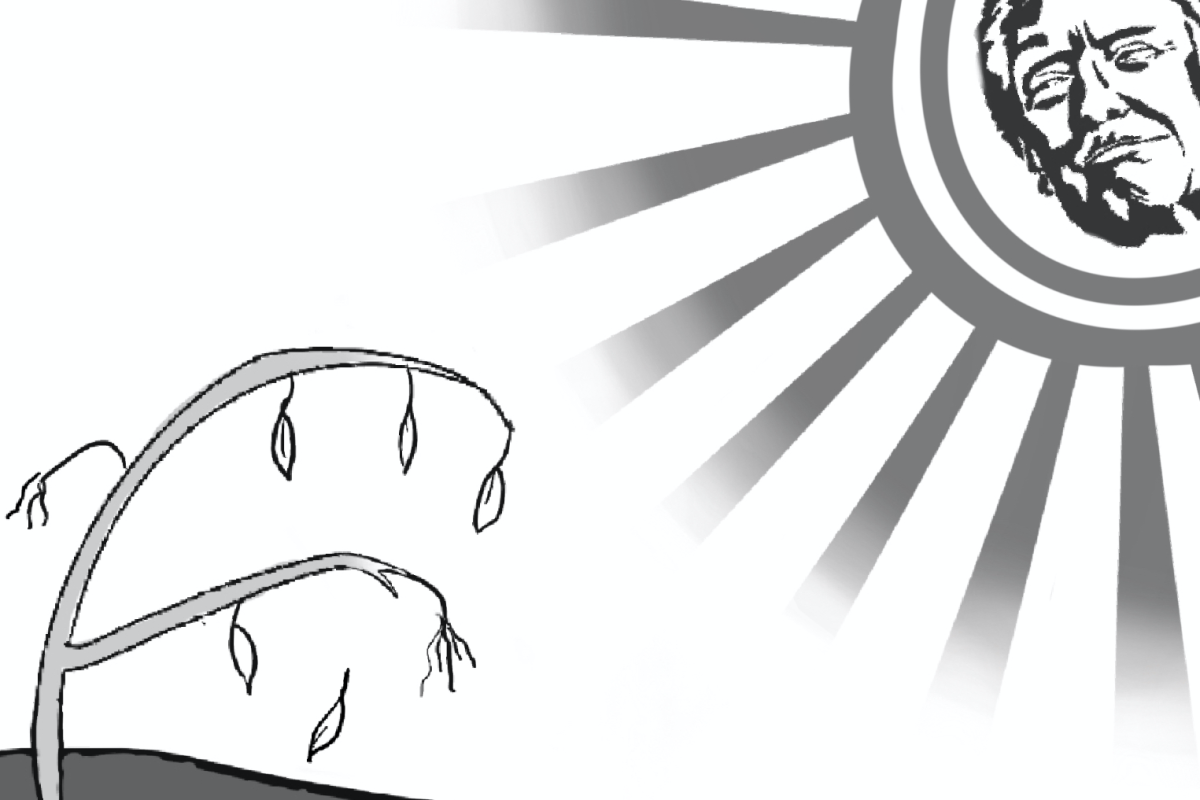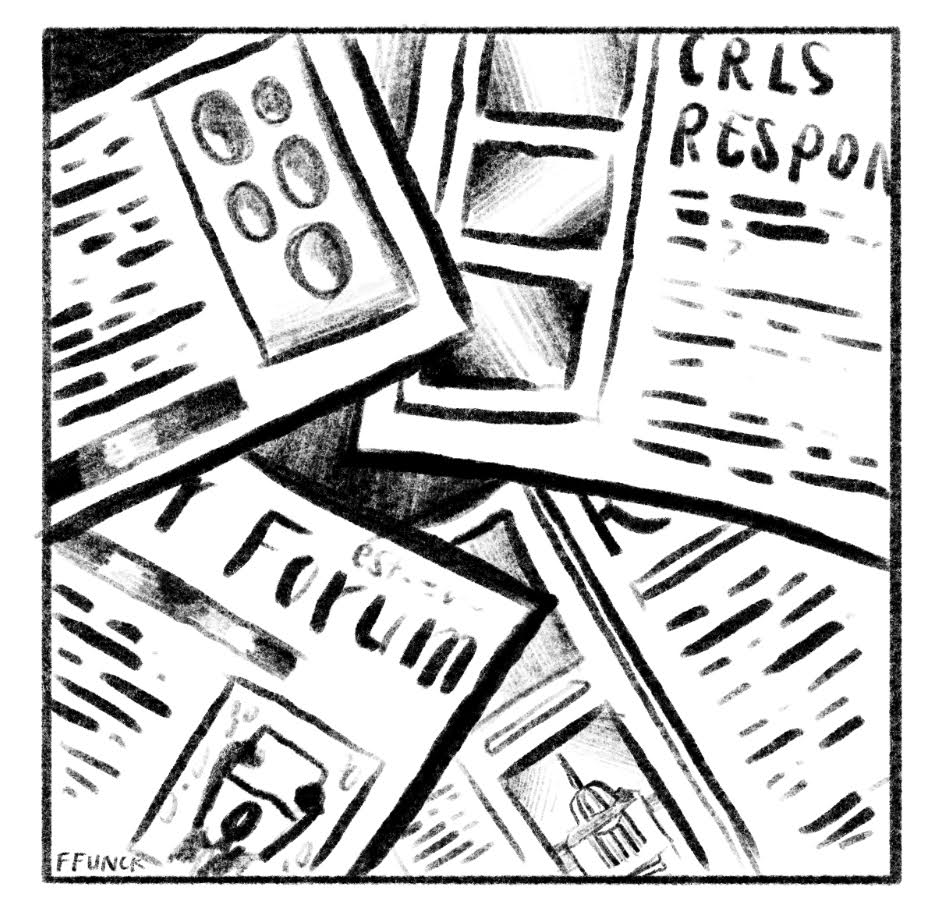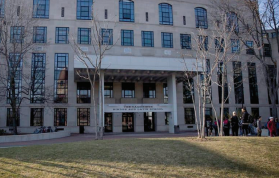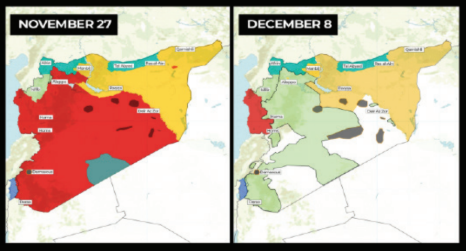
Around midnight on December 7th, Syrian rebel factions entered now-former dictator Bashar Al-Assad’s presidential palace on the outskirts of Damascus. The victory came after approximately a week of renewed fighting sparked by a rebel coalition offensive from the northern province of Idlib toward Aleppo, one of the largest cities in Syria. The rebels then moved south toward Hama and later toward Homs. During their attack, they opened up pockets of rebellion in the south. Advancing toward Damascus from north and south, they were able to take Damascus, and Assad’s forces soon surrendered.
The Assad regime controlled the country before the Arab Spring in 2011 and retained general control until now. Russia and Iran back Assad, the latter for a route to smuggle weapons to Hezbollah—an Iranian proxy militia in Lebanon that sent troops to help Assad. Some of Assad’s officers defected and formed the Free Syrian Army (FSA).
The recent rebel offensive came while Russia still fights Ukraine, where the war has reached a stalemate. Meanwhile, Israel has severely degraded Hezbollah, leaving Assad with limited and worn-out reinforcements. Iran is also busy, trying to plan the next phase of its war against Israel. This meant Assad would be on his own with no reinforcements—a golden opportunity for the rebels.
Syria remains a hotbed for different militant groups. The Kurds are one hostile force, controlling northwestern Syria, while Turkish-backed rebel groups—the largest one being the Islamist HTS (Hayʼat Tahrir Al-Sham)—dominate the north. HTS split from Al-Qaeda in 2016 and has led most of the fighting in the region. Meanwhile, Turkey’s military is occupying large swaths of northern Syria, mostly to fight the Kurds, who also inhabit southeastern Turkey, where the PKK (the Kurdistan Workers’ Party, a Kurdish terrorist group) is based. Turkey also backs the SNA (Syrian National Army). Finally, there are the Southern rebel command and ISIS, which has declined since its peak in 2014-2018.
After Assad’s fall on December 8th, Israel invaded the peak of Mount Hermon and towns on the Syrian side of the border to establish a buffer zone between itself and extreme factions, some of which have vowed to reach Jerusalem. Israel launched Operation “Bashan Arrow,” destroying almost all of the military aircraft, navy vessels, and chemical weapons of the Assad regime. The Turkish-backed SNA is fighting the Kurds, seizing the city of Manbij, while the HTS seized Abu Kamal and Deir Ez-Zor. Assad has fled the country with his family and has received amnesty in Russia.
Meanwhile, HTS has begun establishing a national government with the help of other rebel factions. The new government has promised to support minority rights and grant safety to the Kurds. However, since HTS’s largest backer is Turkey, and Turkey is fighting the Kurds, this promise might not be solid. This is good for the Syrian people, who suffered under Assad’s regime. Executions, indiscriminate bombing, torture, and the use of chemical weapons against civilians were only a few of the horrific actions of the Assad regime.
Meanwhile, for Russia and Iran, this is a loss. Iran lost the only route to transport weapons to its strongest proxy, Hezbollah, while Russia lost valuable military bases in Syria.
This article also appears in our January 2025 print edition.



